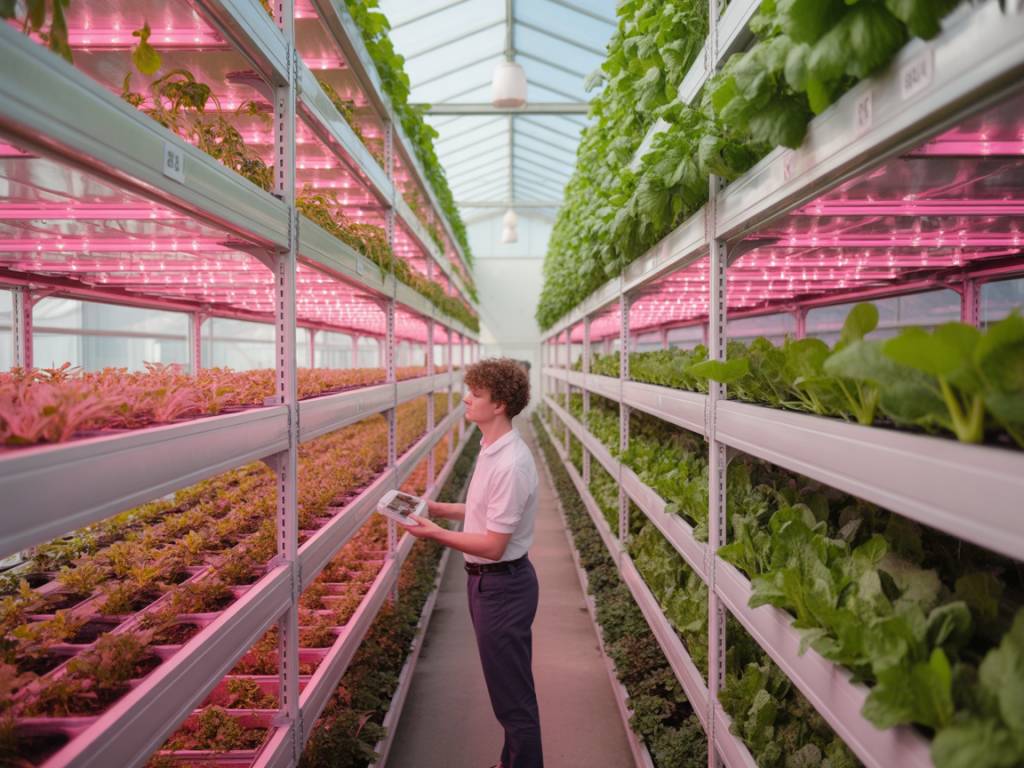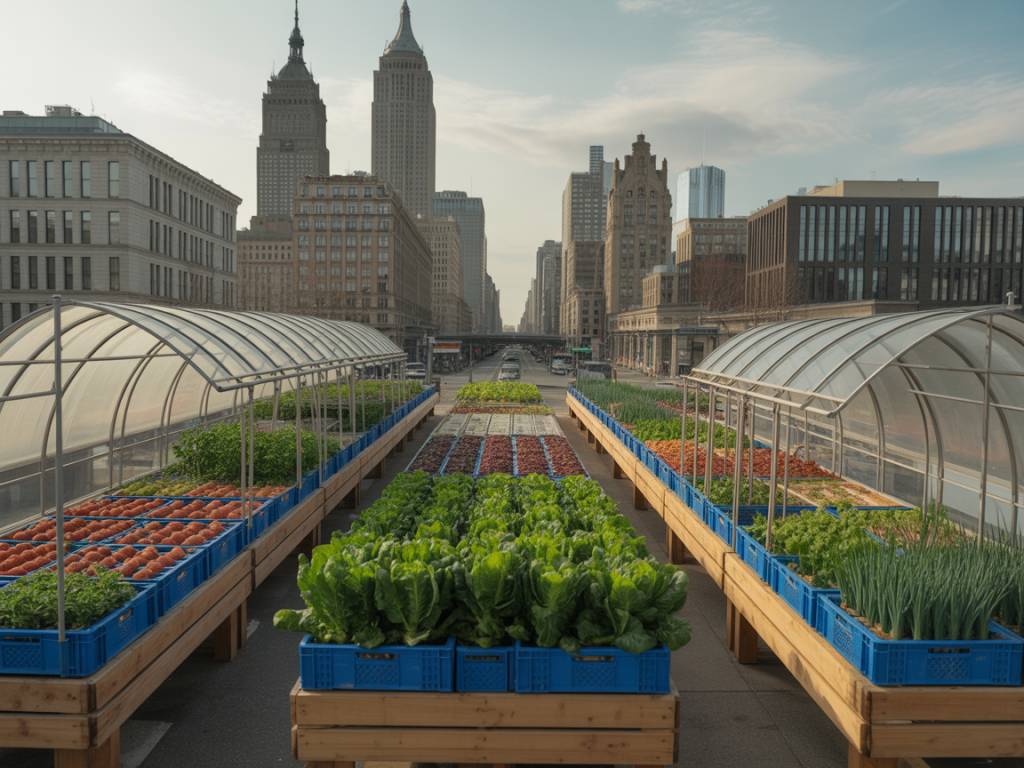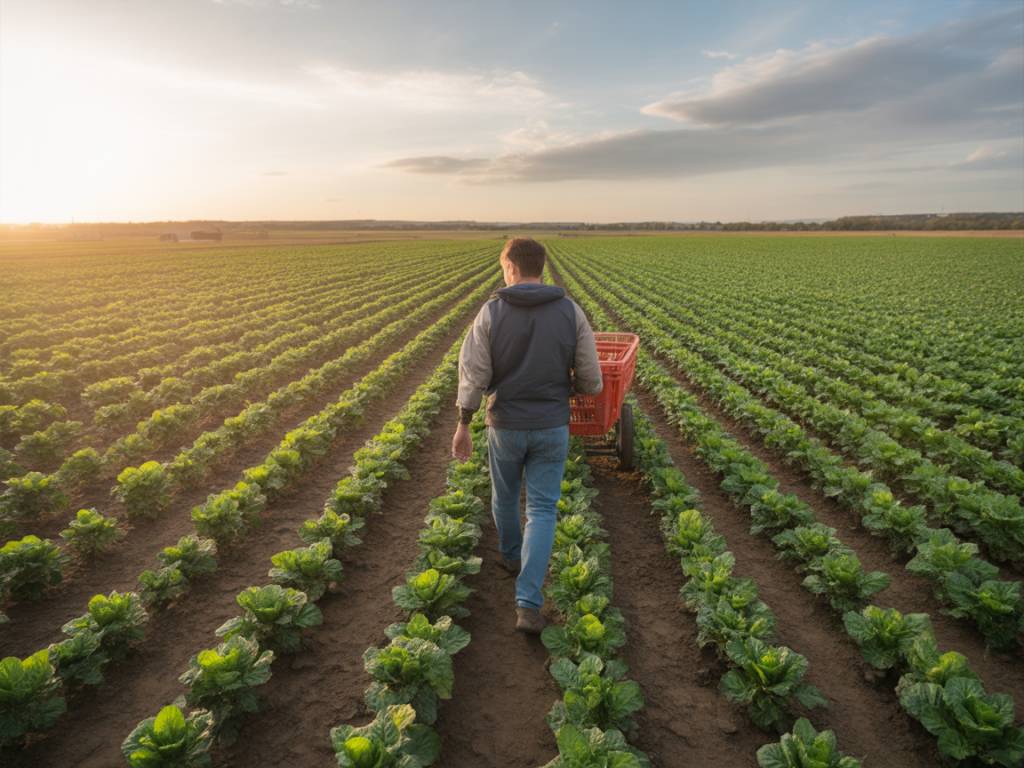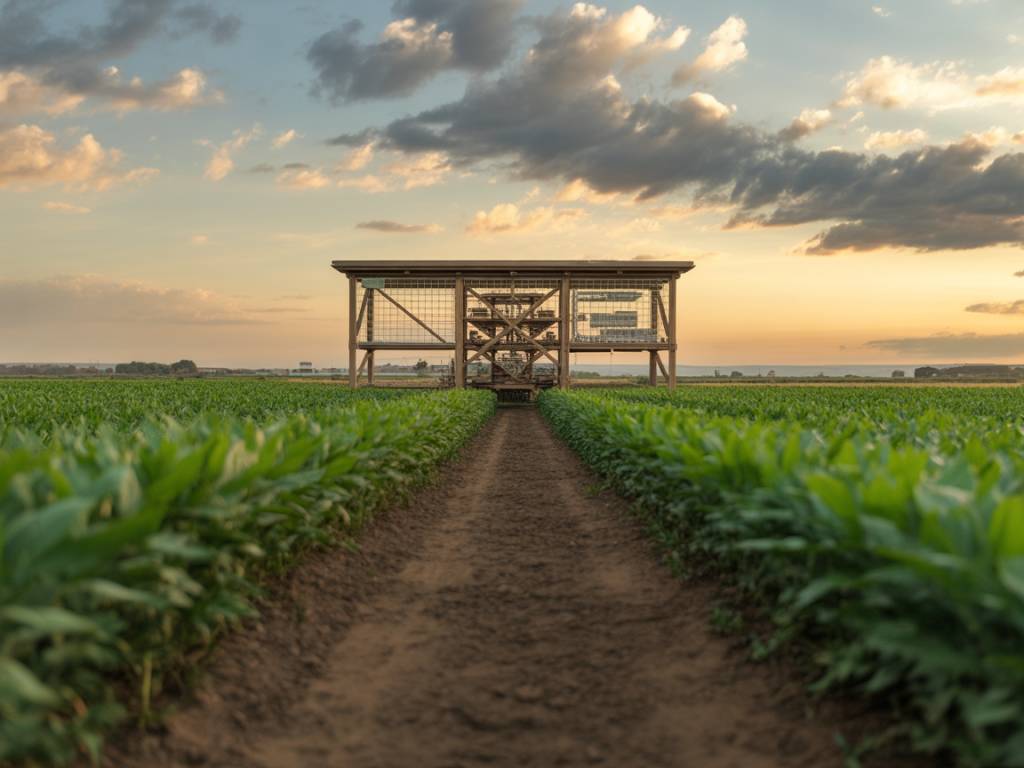Vertical Farming in the UK: How Startups Are Redefining the Agro-Tech Landscape
In the quiet outskirts of industrial estates or repurposed urban warehouses, a new wave of agritech innovation is taking root—literally. Vertical farming, long touted as a sustainable solution to traditional agriculture’s inefficiencies, is experiencing a surge in momentum in the UK. But this time, it’s not multinational conglomerates leading the charge. Instead, a cohort of agile UK-based startups are disrupting the vertical farming sector, leveraging data, AI, and a bold reimagining of food systems.
So who are these innovators, and how are they managing to carve out space in a notoriously capital-intensive industry? Let’s take a closer look at the changing geometry of agriculture—and the startups reshaping its verticals.
Why Vertical Farming, and Why Now?
The appeal of vertical farming is clear: controlled environments, reduced water consumption, no pesticides, and shorter supply chains. This is agriculture engineered for the Anthropocene. With the global vertical farming market projected to reach $33 billion by 2030 (Fortune Business Insights), startups are rushing into a space that straddles the agriculture, logistics, and tech sectors.
In the UK, the push towards food sovereignty post-Brexit, paired with growing consumer demand for local, sustainable produce, has created fertile ground for vertical farming. Add to this the environmental challenges facing traditional agriculture—unpredictable weather patterns, reduced arable land, workforce shortages—and the rationale becomes even stronger.
But technology alone isn’t enough. The true disruptors are those who combine innovation with pragmatism, scalable business models, and an acute understanding of supply chain dynamics.
Multistorey Agriculture: Pioneers in the Field
One of the most visible players is GrowUp Farms, a Kent-based company operating one of the UK’s largest vertical farming facilities. Their flagship unit near Sandwich can produce the equivalent of 100 acres of conventional farmland in less than an acre of space. Using a combination of hydroponics and renewable energy, they deliver leafy greens to national retailers like Iceland and Tesco.
According to Kate Hofman, Co-Founder of GrowUp: “We didn’t just want to prove that vertical farming was possible. We wanted to prove that it can be commercially viable at scale. » Their integration with solar and waste-to-energy systems is key to that strategy—and a compelling blueprint for the sector.
Interestingly, GrowUp doesn’t merely focus on premium markets. By targeting everyday food retailers, they aim to make vertically farmed produce accessible, not elitist—an approach that could unlock significant demand elasticity.
Farming as a Tech Platform
Another startup, Infarm—although originally German and now with a significant UK presence—has taken a platform approach. Their modular vertical farms are deployed directly in supermarkets, distribution centres, and restaurants. For retailers like Marks & Spencer, this means customers can pick herbs harvested meters away from point-of-sale.
Behind the scenes, the real innovation lies in Infarm’s cloud-connected control systems. Each module learns and shares data with a central server, optimizing for climate variables and nutrient uptake. It’s farming informed by machine learning, not just green thumbs.
What’s interesting is their pivot: in 2023, the company shifted strategic gears, closing most in-store units in favor of consolidated regional hubs. This move underscores one of the sector’s biggest challenges—balancing logistical efficiency with freshness and distribution costs.
Low-Tech, High-Impact Models
Not all innovators are chasing cutting-edge automation. Companies like LettUs Grow, a Bristol-based startup spun out from the University of Bristol, emphasize scalable simplicity. Their patented aeroponic systems require no soil and 95% less water than field farming. Unlike hydroponics, aeroponics exposes roots to a nutrient-rich mist instead of immersing them in water, reportedly increasing root oxygenation and plant yield.
LettUs Grow’s focus lies in modular systems suitable for retrofit into existing commercial greenhouses or warehouses. “We’re not looking to sell farms—we’re building infrastructure for a movement,” says Co-Founder Charlie Guy. Their systems are now deployed across the UK for growers scaling from pilot to pre-commercial phases.
For logistics operators considering sustainable co-location models with vertical farms near distribution centres, partnerships with companies like LettUs Grow represent a compelling business case with low Capex requirements.
The Financials: Cracking the Business Model
Historically, vertical farming has struggled with economics. High energy costs, expensive infrastructure, and long ROI horizons have kept investors wary. Yet startups are finding ways to shift the unit economics through a mix of tech innovation and operational optimization.
Some key trends emerging among UK startups include:
- Energy innovation: Co-locating with renewable energy sources (solar, wind, anaerobic digesters).
- B2B vertical integration: Selling directly to food processors, meal kit companies, or hospitality chains instead of general consumers.
- Flexible modularity: Plug-and-play farm units reduce Capex and distribute operational risk.
- Data monetization: Offering growing data as a service (DaaS) to other agriculturists or researchers.
Moreover, government support is beginning to trickle in. The UK’s Department for Environment, Food & Rural Affairs (DEFRA) has identified controlled environment agriculture as a priority area for innovation grants. In 2023 alone, over £15 million in funding was allocated to vertical farming R&D through the Farming Innovation Pathways programme.
Challenges Ahead: No Silver Bullet
Still, vertical farming is no panacea. For one, it’s largely limited to crops with quick turnover and high margins—think leafy greens, herbs, and microgreens. Grains and root vegetables remain out of reach for now, meaning vertical farming complements, rather than replaces, traditional agronomy.
Additionally, the sector’s energy intensity remains a sticking point. Even with LED efficiency improvements and renewable sourcing, powering artificial climates 24/7 requires careful load forecasting and infrastructure resilience.
Labour is another constraint. As farms scale, they need technicians proficient in both botany and tech maintenance—a combination still rare on the hiring market. Many startups are now investing in in-house training programs or partnering with technical colleges.
And finally, consumer perception is still evolving. While many see vertical farming as a clean and green solution, others harbor scepticism about ‘unnatural’ food systems. Transparent communication and education will be as vital as yield-per-square-metre metrics.
Strategic Implications for Industry Stakeholders
For logistics players, vertical farming introduces new last-mile paradigms. With production increasingly urban and year-round, the traditional harvest-distribution model is upturned. Refrigerated storage needs may decrease, but real-time freshness requirements add complexity to inventory management. Cold chain logistics firms like Lineage Logistics and Reed Boardall are already watching this space closely.
Retailers, meanwhile, are closely aligned with vertical farm operators to pilot white-label partnerships. For instance, some have co-invested in modular in-store units to better gauge consumer demand and brand affinity for vertically farmed goods. As ESG standards come under scrutiny, such collaborations have undeniable appeal for public-facing companies.
Technology providers—from sensor manufacturers to IoT platform developers—stand to benefit as vertical farms demand sophisticated monitoring equipment and AI-driven analytics. Expect the emergence of dedicated vertical-farm tech ecosystems, akin to what’s happening in smart factories and warehouse automation.
Final Thoughts: The Vertical Horizon
Vertical farming in the UK is no longer just a concept nurtured in incubators and TED Talks. It’s becoming a tangible part of the agricultural and industrial landscape—driven by startups that blend pragmatism, technological acumen, and market savvy. These companies aren’t just planting seeds. They’re reshaping supply chains, recalibrating urban-rural dynamics, and feeding a growing population in new and smarter ways.
For industry players across logistics, retail, and tech, now is the time to watch—and, where possible, partner with—the disruptors growing upwards, not outwards.




